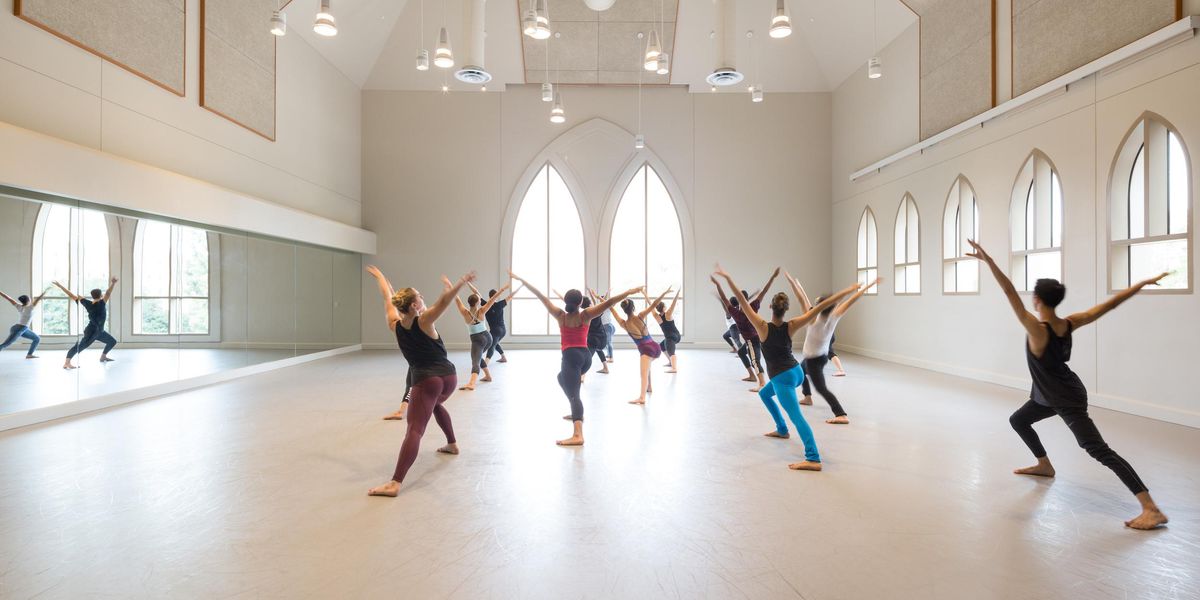Advice for Dancers: Are Injuries Unavoidable?
How to deal with the challenges of dancing a varied repertoire—or the same show night after night
Dancing in high heels can shorten the Achilles tendon and puts performers at risk for tendinitis.
I’m finding it difficult to switch gears and go from one technique to another in my ballet company’s rep. I’ve performed pieces by Tharp, Balanchine and Petipa in one season, but the physical pain afterwards bothers me. Why does this happen when I’m in excellent shape?
—Sarah, New York, NY
Performing different dance techniques taxes even the most physically fit performer by stressing unfamiliar areas of the body. For example, a Balanchine ballet like
Theme and Variations requires you to land a jump on demi-pointe first, before putting the heel down. In contrast, a traditional company class doesn’t emphasize this transition. Landing on the ball of your foot in a Balanchine ballet, along with his renowned fast footwork, can be a recipe for calf pain and possible pulls if you don’t do it on a regular basis. In this case, it would pay to take a weekly Balanchine class to prepare for an upcoming ballet. This approach applies to other techniques as well. It’s also crucial to work out those residual aches and pains from a varied rep (which is becoming increasingly popular) through weekly massages and/or acupuncture. Being proactive is key!
How do I care for my body on my own? I’m freelancing in Las Vegas, juggling three jobs a night: bartending, performing in a show and doing a go-go gig that ends at 2 am. I love the show, but dancing in 6-inch stilettos on a metal floor is giving me horrible tendinitis in my ankles and knees. I can’t afford to be injured or I’ll lose my spot. Help!
—Crippled Showgirl, Las Vegas, NV
Working three jobs until the wee hours of the morning is not the best way to protect your body, given that fatigue is the primary cause of injuries. Instead, concentrate on one good survival job and one dance job that will enable you to pay the bills and prevent sleep deprivation. Remember: As a freelance dancer, you have control over your schedule, so use that to your advantage. Take downtime during the day to rest, go to the gym or dance class, and visit an orthopedist if you are in pain.
Showgirls who perform the same steps every night are at risk for repetitive stress injuries, like tendinitis, similar to performers in a Broadway show or those doing 50 runs of
The Nutcracker. Why? Unlike dancers who perform a varied rep (whose injury risk is tied to the use of underused muscles or unfamiliar movement patterns), you are stressing the same body parts, leading to microscopic tears in the tendon fibers. Dancing in high heels, which can shorten the Achilles tendon, and performing on hard floors designed to support heavy props—not dancers’ bodies—only add further strain. Ask your doctor to refer you to a physical therapist who can work on your injury and address underlying causes, like a tight ankle tendon or weak leg muscles. Meanwhile, healthy work habits, which include warming up, stretching and strengthening exercises (often with weights), can help prevent further problems. Tendinitis is not a career-ending injury, but it can become debilitating if you ignore the pain.
My fear of terrorism went through the roof after another attack hit France while I was touring there. As an American, what precautions do I need to take here and when traveling to Europe?
—Terrorist Fears, Brooklyn, NY
As a touring dancer, it helps to know that while there have been recent attacks, the risk of being involved in one is still very low. You can check the U.S. Department of State website for travel alerts and warnings, though it’s unlikely that your company would continue touring if there was an imminent threat. In France, the country is operating under a state of emergency that was extended for six months after the July attacks in Nice. Security advisors recommend staying away from “soft targets” open to the public, like large gatherings of people that have limited, if any, protection. Similarly, be alert in public transportation areas, concerts, clubs, restaurants, shopping malls and other tourist destinations. It’s equally important to educate yourself about risks at home, as well as in any other country you’re traveling to. Finally, be aware that heightened security measures can mean delays at airports and train stations, so arrive early. While it’s understandable that you might want to avoid overseas travel for the foreseeable future, the government suggests the risks are infinitesimal and to simply proceed with caution.
Send your questions to:
Dr. Linda Hamilton
2000 Broadway, PH2C, New York, NY 10023
email: [email protected]
Former New York City Ballet dancer Linda Hamilton, Ph.D., is a psychologist in private practice, the author of
Advice for Dancers (Jossey-Bass) and co-author of The Dancer’s Way: The New York City Ballet Guide to Mind, Body, and Nutrition (St. Martin’s Griffin). Her website is drlindahamilton.com.




